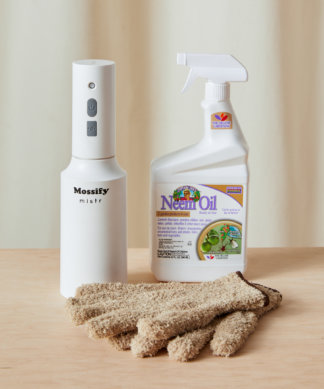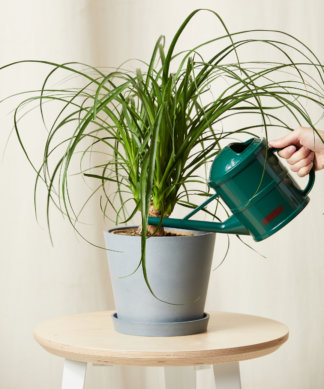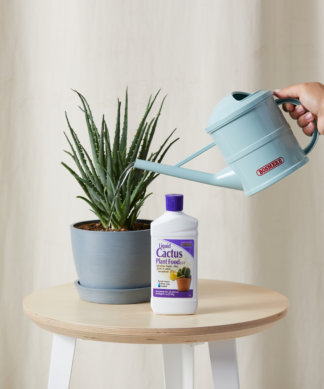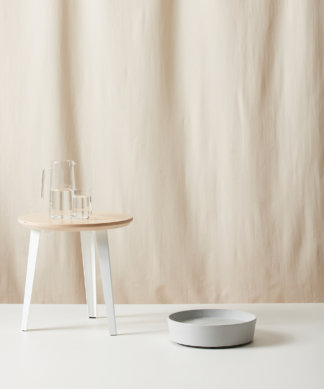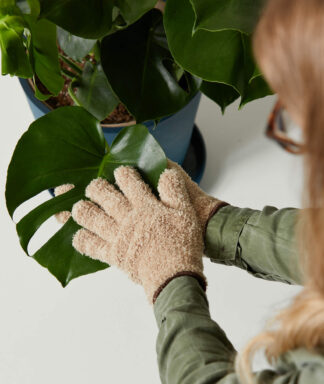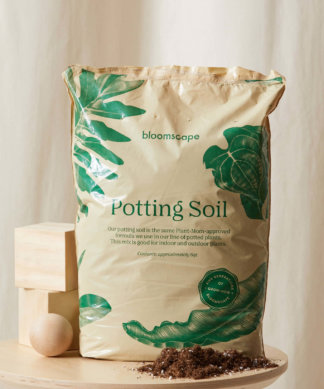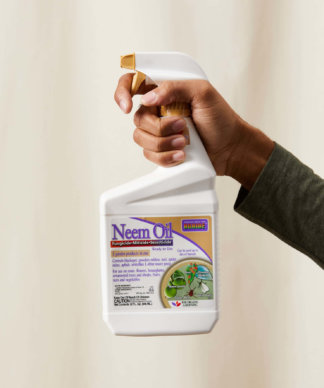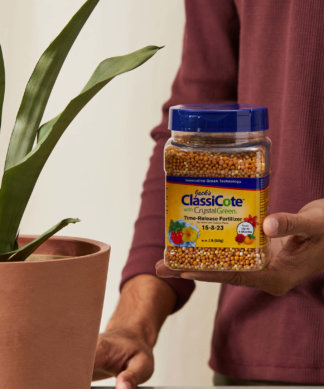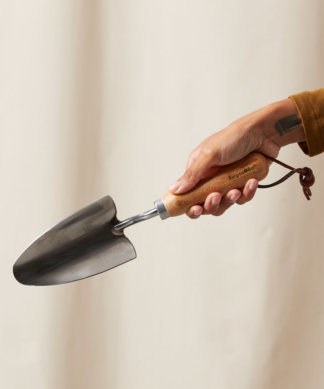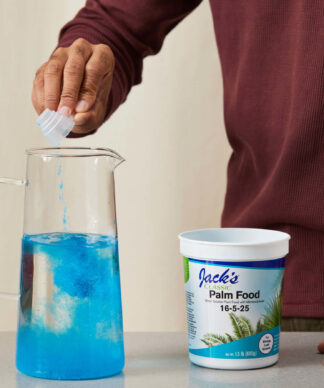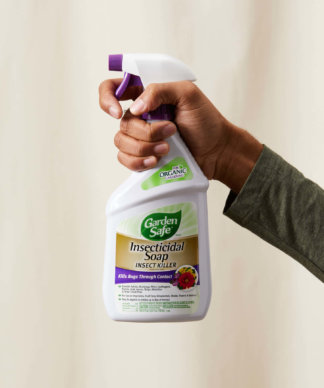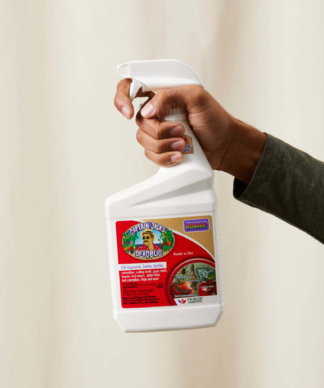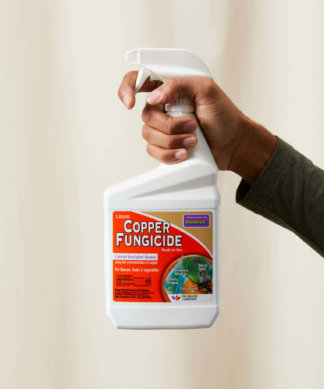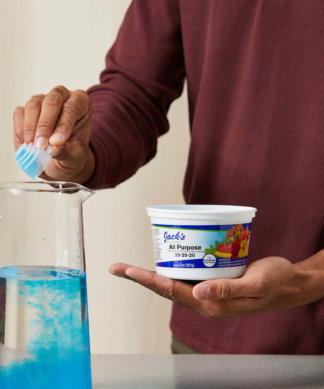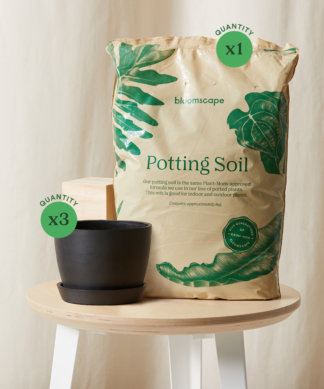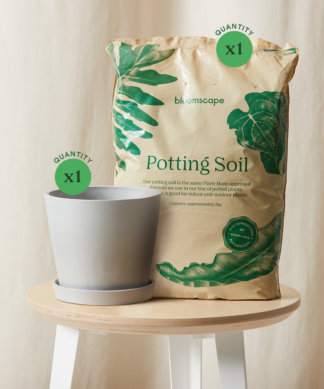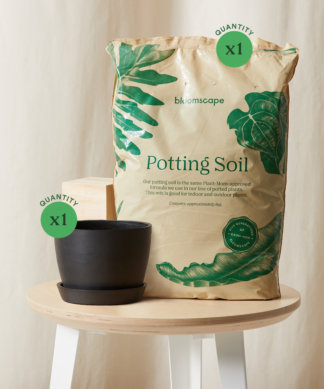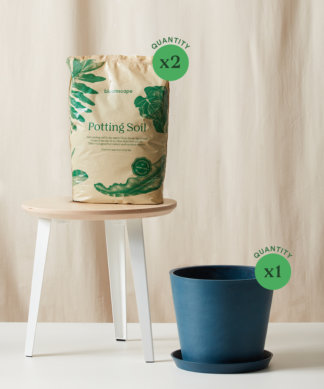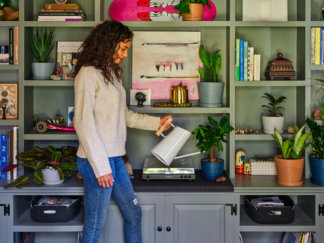Plant Care
Help! Am I Overwatering Or Underwatering My Plant?
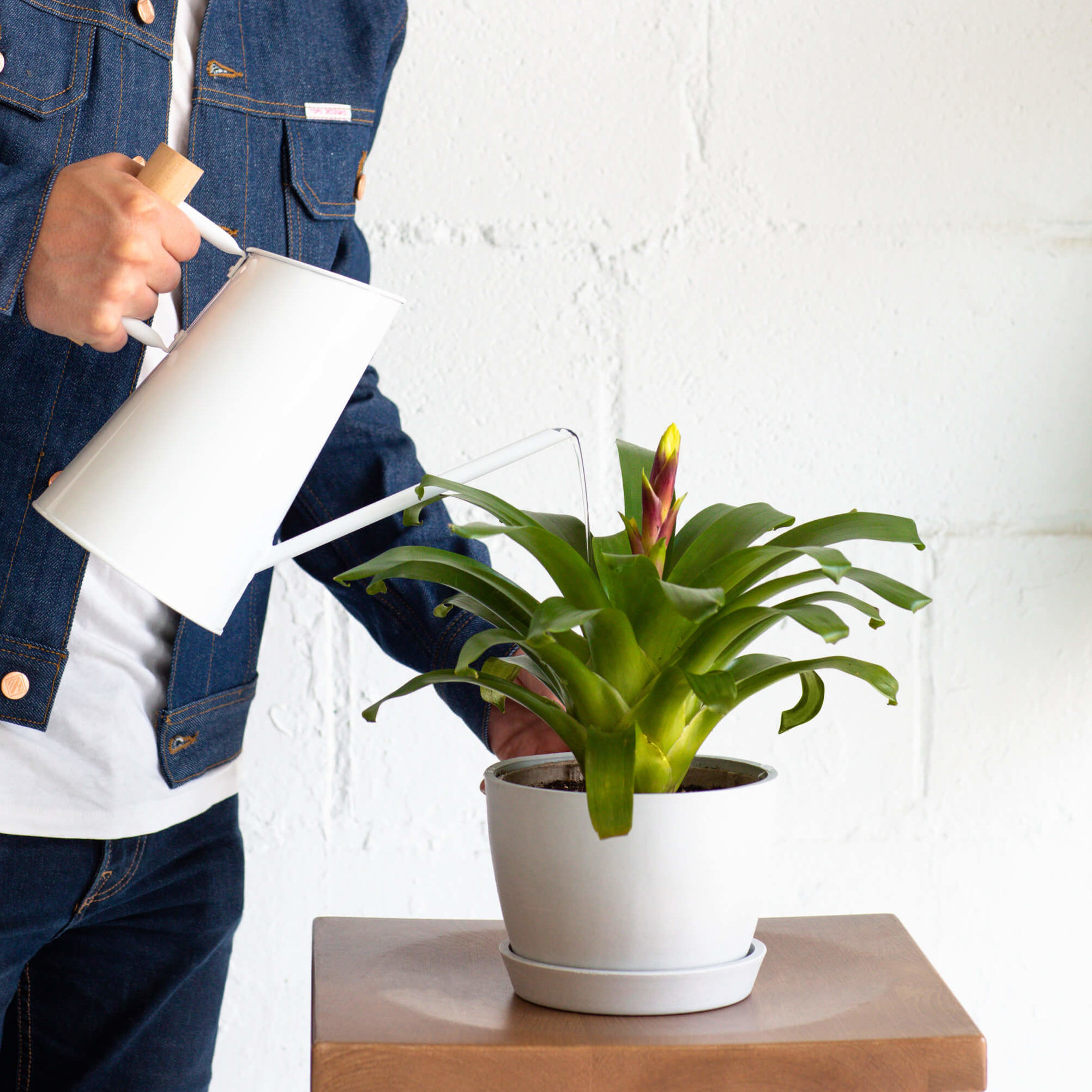
Over and underwatering are two of the most common mistakes people make with their indoor houseplants. But it can be hard to tell which of the two issues are happening because the signs are sometimes similar.
Here are some signs that you are overwatering or underwatering your plants, as well as how to rectify the issue.
Signs of Overwatered Houseplants
Overwatering your houseplant means that you are watering it too frequently or the soil is staying wet for too long. Overwatering an indoor plant is very easy to do, and you may not even realize you are doing it at first. So if you have a slight suspicion you might be watering your indoor plants too often, here is a list of signs to watch for:
- Soft, limp leaves that develop yellow and/or brown tips and edges
- A small yellow “halo” between green and brown parts of leaves
- Brown spots on the leaves
- Stems feel mushy, especially at the base of the plant
- No new growth
- Roots that are mushy, black, brown, or grey
- Wet soil that may have a rotting, offensive smell
- Fungus or mold growing on the soil
- The presence of fungus gnats
Signs of Underwatered Houseplants
Underwatering your houseplant means that the plant is not getting watered as frequently as it would like and the soil is staying dry for too long. If you live a busy lifestyle then sometimes watering houseplants might completely slip your mind. Life happens! Here are some signs that you are underwatering your indoor plants:
- Drooping leaves that perk back up after watering
- Browning or curling leaves (typically no yellowing)
- Leaves that feel paper-thin and crispy
- On succulent plants, leaves that look wrinkly
- Slow growth with smaller leaves
- Roots that are dried out and desiccated
- Hard, dry soil
- A gap between the soil and the inside of the pot walls
As you may have noticed, some of these signs are quite similar—the reason being that the leaves of the plant can be affected in very similar ways. With underwatering, the roots simply don’t have access to the water they need. With overwatering, the roots can become damaged to the point that they can’t perform their function of accessing water. In either of these situations, one of the first signs is often droopy, wilting leaves, so it’s critical to always check the soil moisture before adding more water.
How To Remedy Watering Issues

Once you have determined whether you’re overwatering or underwatering your indoor plants, here are some tips to help you learn how to water plants properly.
How To Prevent Overwatering
Sometimes all it takes is to let an overwatered plant dry out and add a few extra days in between waterings. But if your plant is not bouncing back then you might need to try a few different things. Here are some tips to avoid overwatering:
Research the plant: First, do some research about the specific type of indoor plant and how often they need to be watered. How to water plants and when to water plants can be found in our plant care guides.
Test the soil: It’s important to test the soil moisture before watering to ensure that the plant truly needs water. Consider how much of the soil volume has dried out, not just the top surface. Some plants like for their soil to dry out 100% of the way, while others prefer for just 25% or 50% of the soil volume to dry. You can either test the soil with your finger or use something like a wooden chopstick. If it comes up with wet soil, then check on it again in a few days. If it comes dry, then you can water.
Use well draining soil: Some soil allows more drainage than others which could prevent your plant’s roots from staying too moist, for too long. Water should soak into the soil immediately when watering and properly drain through the soil and out the drainage hole of the pot.
Use a pot with better drainage: Check and make sure your plant’s pot has drainage holes placed directly at the bottom of the pot. Add extra holes if necessary or transplant to a pot with more drainage holes. This will allow you to water your plant thoroughly while allowing excess water to escape.
Avoid cooler temperatures: A plant living in a warmer environment is generally growing faster and therefore using more water. So if your overwatered plant is having trouble drying out, the temperature may be too cool. If this is the case, water less frequently or move your plant somewhere warmer.
How To Prevent Underwatering
Usually underwatering a plant is less damaging than overwatering, which can cause additional problems like root rot and other diseases. But of course, if a plant is too dry it can shrivel up before you even realize it. Here are our top tips to avoid underwatering:
Water correctly: Ensure that you thoroughly soak all of the soil when you water your plants. Add water slowly over the entire top soil surface, allow it to soak in, and keep adding more until it begins to drain from the drainage hole. This ensures that all of the roots have equal access to water. If excess water collects in the saucer, be sure to remove it so the plant isn’t sitting in water.
Be mindful of the location of the plant: The more sunlight the plant gets, the faster it will utilize water. Likewise, warmer temperates also cause plants to use water faster. In these conditions, the soil is going to dry out more quickly. If your plant is located in a warm, sunny spot, you’ll likely need to water it more often. If it’s in a lower light spot, you might not need to water as often, but still be sure to check the soil weekly.
Re-pot if rootbound: Sometimes when a plant’s root system gets too big it can outgrow its current pot and become rootbound. A rootbound plant’s root system lacks enough potting soil to properly support it. With most of the pot space taken up by roots, there’s little room left for soil and water. This means the roots don’t have access to enough water to support the plant. Consider repotting to a larger pot with more soil, which could cause a growth spurt once the plant has more room to grow.
Set reminders! Most often, plants are getting underwatered simply due to forgetfulness. To avoid this it is best to create a routine for yourself. Try to pick one day a week where you check on your plants, and add a reminder on your phone so you don’t forget.
Of course, always be sure that you research your plant’s watering needs and check out our plant care guides. Always test the soil before watering, and water deeply and thoroughly when your plant does need it.
If you need more green tips for keeping your plants alive and thriving, check out Bloomscape’s plant care articles. Read up on care guides for each of your indoor plants as soon as you purchase them. This always makes plant care easier and gets you and your new green friend started on the right foot!







